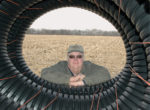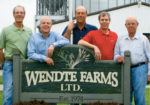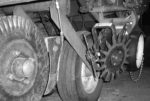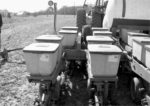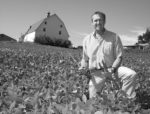What I've Learned from No-Tilling
No-Till Proving Not To Be a 'Drain' For Illinois Grower
Long-time no-tiller Doug Harford was among the earliest pioneering conservation farmers to break ground on drainage, yield mapping, grid soil sampling and strip-till
Read More

